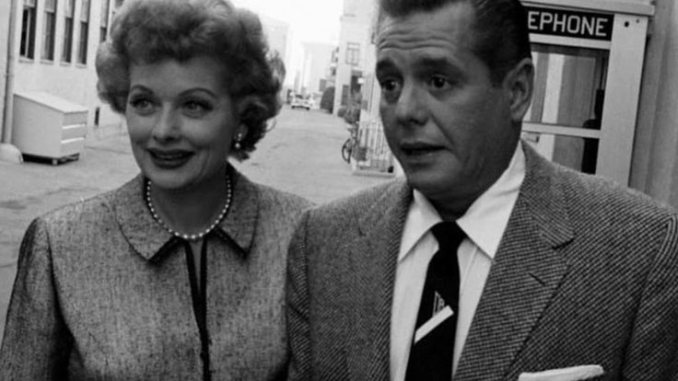
Over seventy years have passed since I Love Lucy first lit up American television screens in 1951, yet its magic remains as strong as ever. Few shows in history have achieved such cultural permanence, transcending generations to delight viewers young and old.
When Lucille Ball and Desi Arnaz introduced audiences to Lucy and Ricky Ricardo, television was still a relatively new medium. But what they created was revolutionary — not only in humor but also in how television shows were produced and consumed. I Love Lucy was the first scripted television program to be filmed on 35mm film in front of a live studio audience, ensuring that future generations could continue to enjoy the laughter it sparked.
At the heart of I Love Lucy is the universal appeal of dreaming big and loving deeply. Lucy Ricardo’s schemes to achieve stardom — often ending in hilarious disaster — resonate because they are rooted in authentic human ambition and vulnerability. Lucille Ball’s fearless slapstick, combined with Desi Arnaz’s natural charm, created a dynamic that was both comedic and heartfelt.
The show’s groundbreaking portrayal of an interracial marriage also deserves recognition. In an era of strict societal norms, I Love Lucy featured a Cuban-American bandleader and an American redhead as partners in love and life, subtly challenging prejudices without preaching.
Today, streaming platforms have brought Lucy’s antics to a whole new generation. The show’s sharp wit, physical comedy, and emotional core have proven timeless. From young children laughing at Lucy’s grape-stomping mishaps to adults appreciating the show’s sophisticated timing, I Love Lucy continues to inspire and entertain.
More than a nostalgic relic, I Love Lucy is a living reminder that good storytelling, genuine laughter, and heartfelt performances never age. Lucille Ball herself once said, “I’m not funny. What I am is brave.” That bravery — to try, to fail, and to try again — is exactly why Lucy Ricardo’s spirit lives on.
